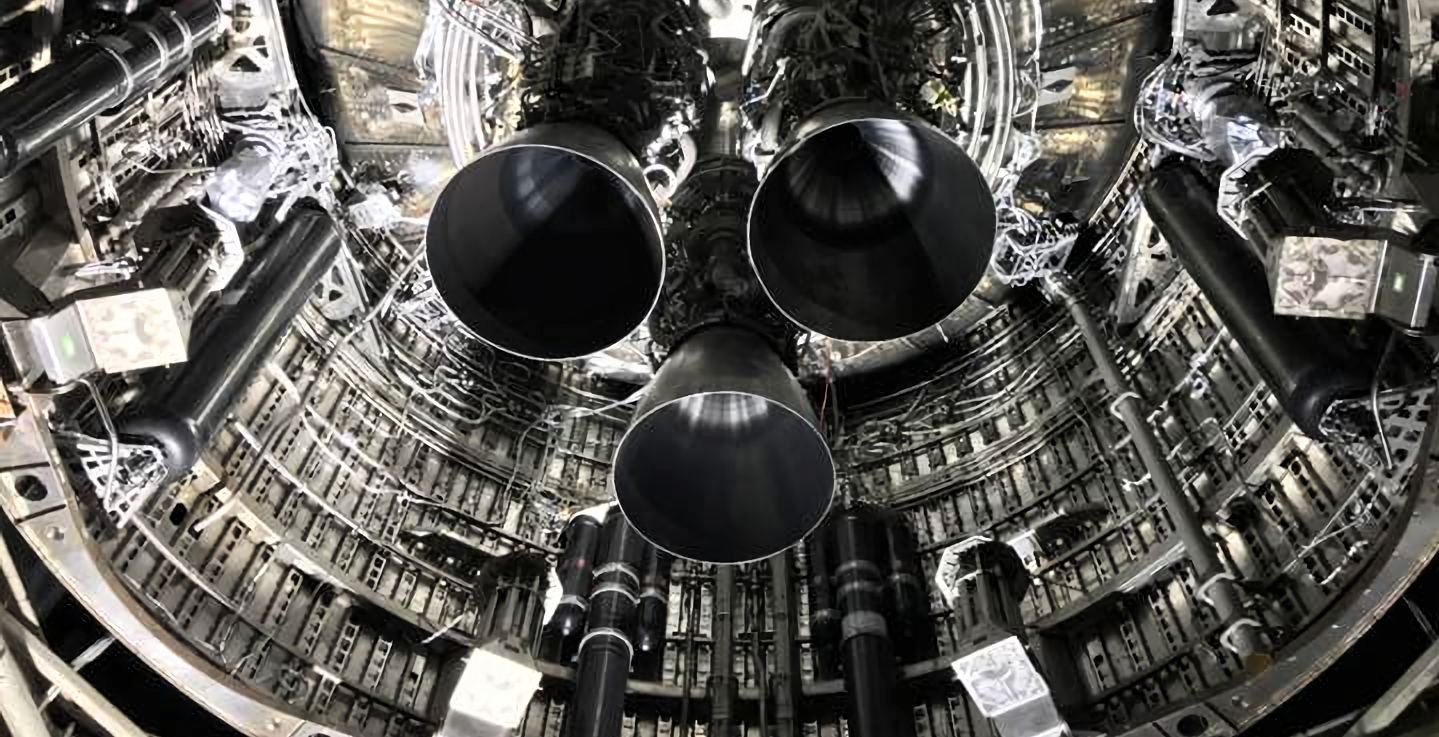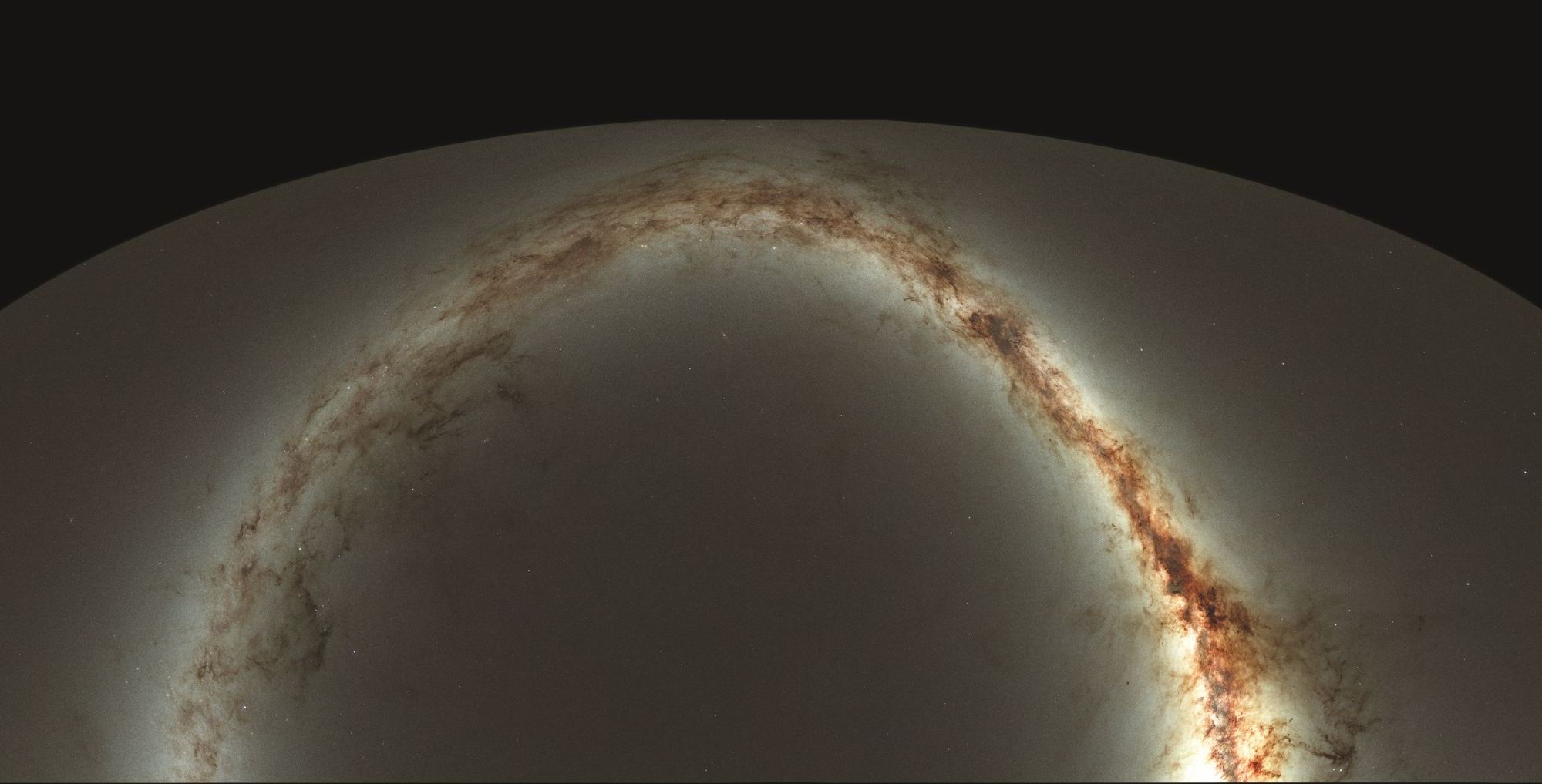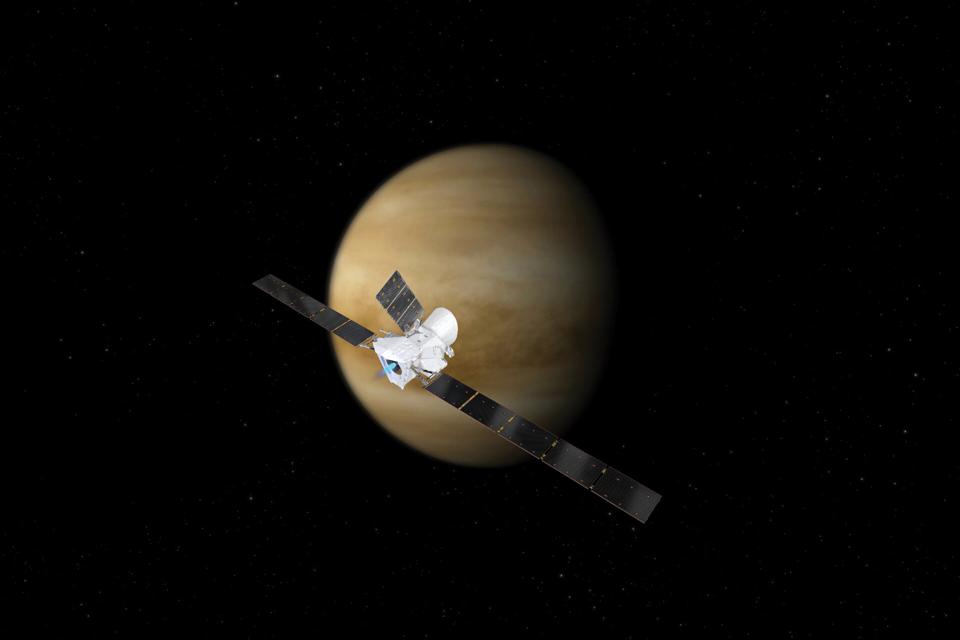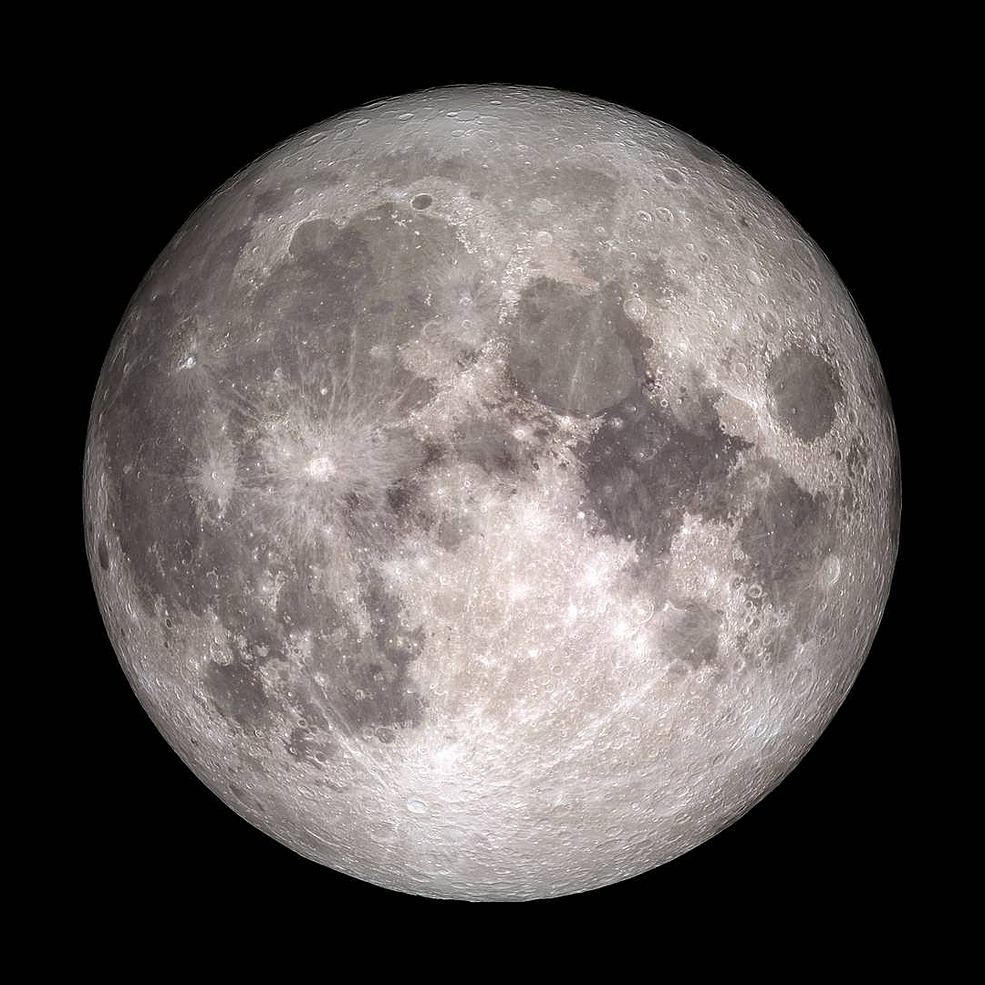In November of 1998, the first modules of the International Space Station (ISS) were launched into orbit, and the first crew arrived almost two years later. With almost twenty years of hosting astronauts from all over the world, the ISS holds the record for the longest continuous human presence in Low Earth Orbit (LEO). After all that time, the ISS is beginning to show the signs of age.
Back in August, the ISS crew reported there was a leak in the Zvezda module. By Sept. 29th, Roscosmos announced that the crew had found the source of the leak, but determined it was worse than previously thought. In the latest news, Roscomos announced on Wednesday (Oct. 14th) that the oxygen supply system has failed on a Russian segment of the ISS, but reassured everyone that the crew are not in danger.
Continue reading “The Oxygen Supply has Failed in the Russian Zvezda Module of the ISS. Don’t Worry, the Astronauts aren’t in Danger, but the Station is Showing its Age”









